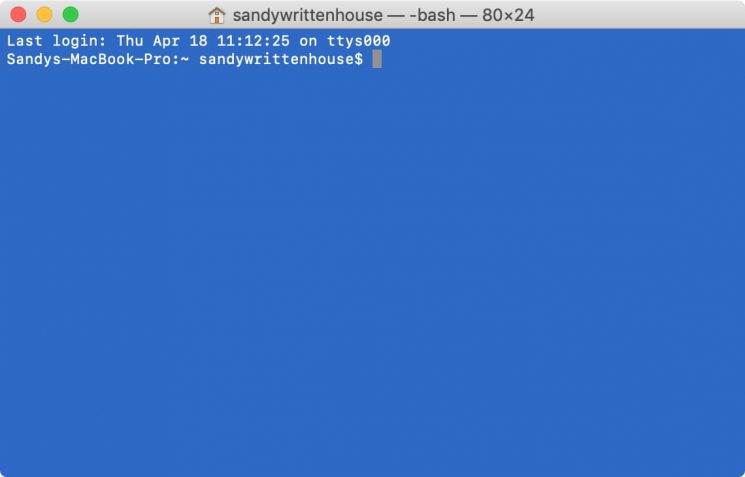
Of course, you can always get the alternative behaviour by holding the Option key and clicking in the green button. If you liked the temporary change, you can bring it back using the following command: defaults write zoom-to-window -bool YES Things are back to normal as of iTunes 9.01, but briefly the green button maximised the window instead of switching to the mini-player. With the release of iTunes 9, Apple messed around a bit with the behaviour of the green zoom button in iTunes. Change the behaviour of the green zoom button in iTunes

To make each word you look up open in the same window, just use the following command: defaults write ProhibitNewWindowForRequest -bool TRUEĦ. In Snow Leopard, each word you look up using these methods opens in a new Dictionary window, which gets a bit annoying.

If you aren't a fan of using Command-Control-D to quickly look up definitions, you might use the "Look up in Dictionary" contextual menu item or Services menu item. To fix this, you will need to disable the focus follows mouse behaviour using the following command: defaults write FocusFollowsMouse -string NOĥ. If you had previously enabled this, you will find things don't work quite right in Snow Leopard when you use Command-Tab to switch between applications in different spaces. In Leopard there was a Terminal command to make the Terminal's window focus change with mouse movement. Disable "focus follows mouse" in Terminal To bring it back, use the following command: defaults write 3 IBEnableAppleScriptStudioSupport -bool YESĤ. You can still work on AppleScript Studio projects, but you can't create new ones, and the AppleScript Studio palette in Interface Builder is gone. As always you will need to restart each application for the changes to take effect.Īs of Snow Leopard, AppleScript Studio has be deprecated in favour of AppleScriptObjC. If you decide there are some specific applications where you want to disable these again, you can do it in the normal way. defaults write -g WebAutomaticTextReplacementEnabled -bool trueĭefaults write -g WebAutomaticDashSubstitutionEnabled -bool trueĭefaults write -g WebContinuousSpellCheckingEnabled -bool true The first one will enable substitutions, while the second will enable dash replacement and the third will enable spell checking. To globally enable text substitutions, use the following three commands one at a time. To enable it, you need to right-click on a text box and choose Substitutions then Show Substitutions. You may have realised that the new text substitutions feature in Snow Leopard isn't enabled in all applications by default, most noticeably in Safari. You will need to restart the Finder, either by typing killall Finder into the Terminal or by Control-Option-clicking on the Finder in the Dock and choosing Relaunch. Just use the following command: defaults write QLEnableXRayFolders 1 The previews of the files inside the folder also cycle through so you can see all of them. When enabled, using Quick Look (hit the space bar) on a folder will show you a preview of the folder's contents inside a translucent folder icon.

This is my favourite hidden feature in Snow Leopard. If the last word is YES, change it to NO, change 1 to 0, and change TRUE to FALSE and vice versa for all. To reverse the changes, you just need to change the last word of the command and run it again. For applications like the Dock or Finder, it is easiest to just type killall Dock or killall Finder into the Terminal to restart them. For the changes to take effect, you need to restart the application concerned. In the window that appears, paste in one of the lines provided below, and then hit Return. Start by opening up Terminal, located in the Utilities folder in the Applications folder.
#OPEN TERMINAL FROM FINDER HOW TO#
Every time Apple brings out a new version of OS X, we compile a list of our favourite Terminal commands for enabling hidden features and changing hidden settings (here are the lists for Tiger and Leopard).įor those who are new to Terminal Commands, here's a quick run down of how to use them.


 0 kommentar(er)
0 kommentar(er)
